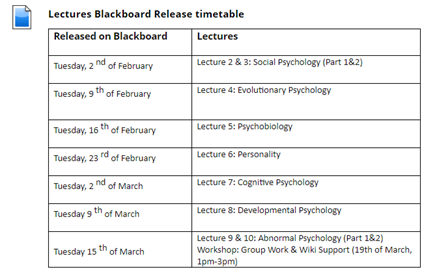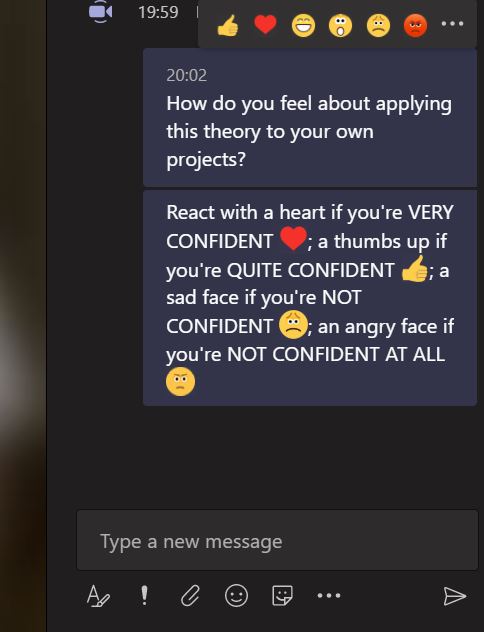The time to get ready for 2021/22 teaching is fast-approaching. Although there is still much uncertainty about what we will be able to provide, we would like to share with you a few points worth considering when planning for next year. These points derive from our reflections and experiences of supporting staff and students over the past academic year, as well as considerations from colleagues across the sector.

How will we measure student engagement?
What we mean by student engagement and how we measure it has changed over the past year. Previously we might have gauged student engagement in the classroom by simply observing their participation during the face-to-face sessions or monitoring their attendance. Since teaching online, we perhaps paid more attention to Panopto statistics, participation in interactive activities on Blackboard and chat in Teams. Making it clear what you mean by engagement and how you are going to measure it, in what is likely to be a new delivery format for you and your students, can help you evaluate your methods and help students understand what is expected of them (Love & El Hakim, 2020).
- Take a look at the Monitoring Student Engagement while teaching online blogpost.(asynchronous activities)
- How can I check for understanding whilst teaching online? (synchronous online sessions)
What will our students need?
We know that during the pandemic many students suffered from isolation, studied in various home conditions and struggled with anxiety and motivation. Going forward we will need to take this into account and balance the increased need for contact hours and socialisation with best pedagogical practices. Although we won’t be able to approach this upcoming year with certainty, it is essential to provide students with a sense of structure wherever possible. One of best practice emphasised during past months is creating ‘roadmaps’ which tell students what they need to do and by when. Another recurring theme across the sector is building a community of learners to address isolation.
How will we manage student expectations?
Managing student expectations is never easy and may be even more challenging this upcoming year. One way of managing expectations effectively is by engaging in a continuous conversation with students and being able to adapt wherever possible. Treating students as partners in their learning design also requires explaining why we educate them the way we do, even if it is not what they expected. Finally, scaffolding their learning regardless of the form it takes is likely to increase their satisfaction.
How our roles as educators and education professionals will change?
The flipped-classroom approach which our institution promoted this academic year changes the power dynamic in the classroom. It allows students to have more choice over how they learn and when. It also places more emphasis on tutors being mentors and facilitators rather than lecturers. Going forward, the relationships between students and staff is likely to be transformed further. As mentioned earlier, it may be an opportunity to work in partnership with our students, enabling them to be the agents of their learning experience.









